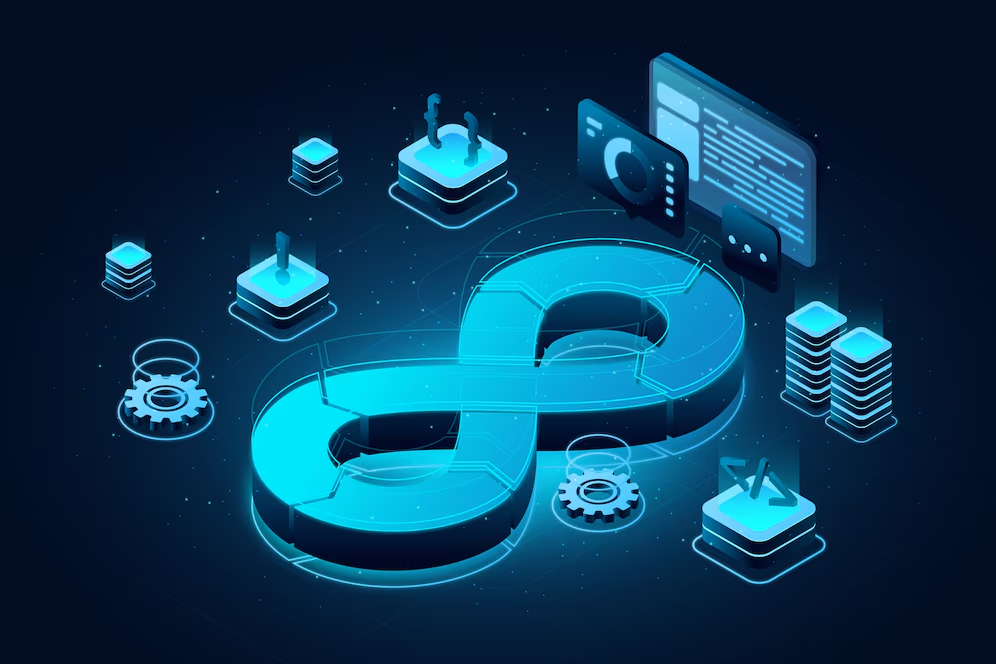Basic Linux for learning DeveOps
 Saiful Islam
Saiful Islam
What is DevOps :
DeveOps is a process of improving your application delivery by ensuring, there is a proper Automation, Application quality that is maintain, continuous monitoring, continuous testing.
Why DeveOps: 10 years before when your company updated a application at deadline 10 days: your developer, your system administration, BRE, Qe all are working together and then deliver the updated application. When develops is coming all these work done by a deveops engineer by ensuring proper automation, good quality, monitoring, testing. Deveops work organisations efficiency.
DeveOps Tools:
JenKins
Git
Gitlab
Docker
Terraform
Bamboo
Ansible
What is Linux: Linux is an open source operating system that is made up the kernel, the base component of the os.
Linux File System: Most important part of Linux. here...
/root: The root file system is the top-level directory of the file system.
/bin: The /bin directory contains user executable files.
/boot: Contains the static boot loader and kernel executable and configuration files required to boot a Linux computer.
/dev: This directory contains the device files for every hardware device attached to the system.
/etc: Contains the local system configuration files for the host computer.
/home: Home directory storage for user files.
/lib: Contains shared library files that are required to boot the system.
/sbin: System binary files.
/temp: Temporary directory.
/var: Variable data files are stored here.
Linux Basic Commands:
uname- Showing the current os
uname -r - Current version of the os.
pwd- Current working directory.
mkdir- Creates directory
cd- change directory. To navigate different folders.
rmdir- Removes empty directories from the directory lists.
cp- copy files from one directory to another.
mv- rename or replace the files.
rm- delete the files.
locate- find a file from the datebase.
touch- creating a empty files.
ls- display information about files in the current directory.
ln- creates shortcuts to other files.
cat- display files content on the terminal.
clear- clear terminal
whoami- see users
ps- display process terminal.
man- access manual all commands for Linuxca.
echo- display the process in terminal.
cal- view calendar in terminal.
date- view date in terminal.
whereis- display current location.
history- display all command in the terminal.
nano- to writing files.
chmod- for changing permission.
chown- change ownership of the file and directory.
chgrp- change group ownership of the file.
sort- sort data in numeric way.
ping- use to check host is responding or not.
grep- search the text pattern in a file.
htop
ifconfig
find
apt -get install- install new package
apt -get upgrade- new version app package
apt -get remove.
File Permissions: In Linux, file permissions are a set of rules that determine who can access, modify and execute.
Set of permissions:
Read (r): viewing the contents of the file.
write (w): modifying the contents of the files.
Execute (x): running file as a program.
Permission Levels:
User
Group
other
We all know that world are most develops in IT fields. To fit for the IT world, Learning deveops is a good choice.
Subscribe to my newsletter
Read articles from Saiful Islam directly inside your inbox. Subscribe to the newsletter, and don't miss out.
Written by
